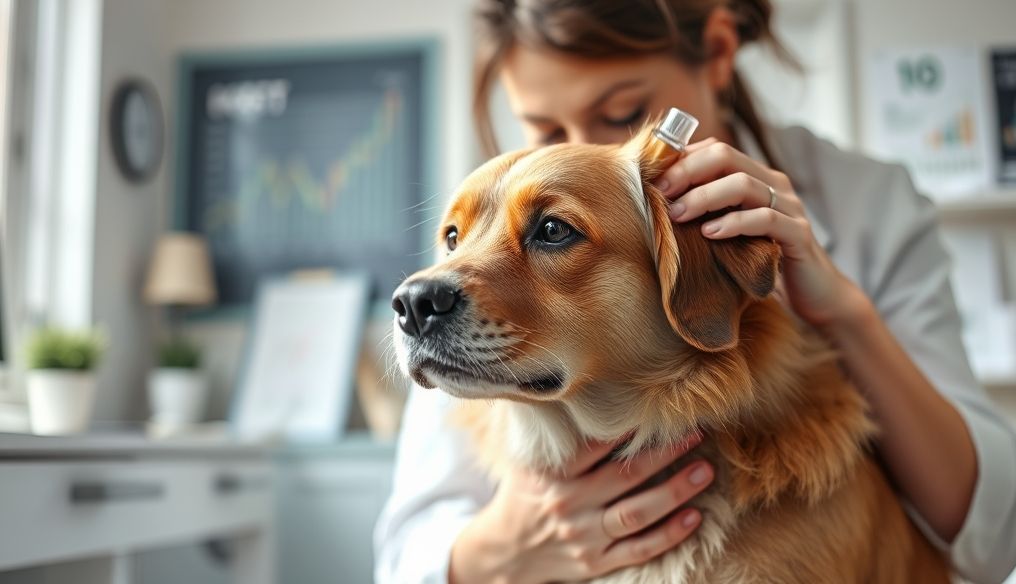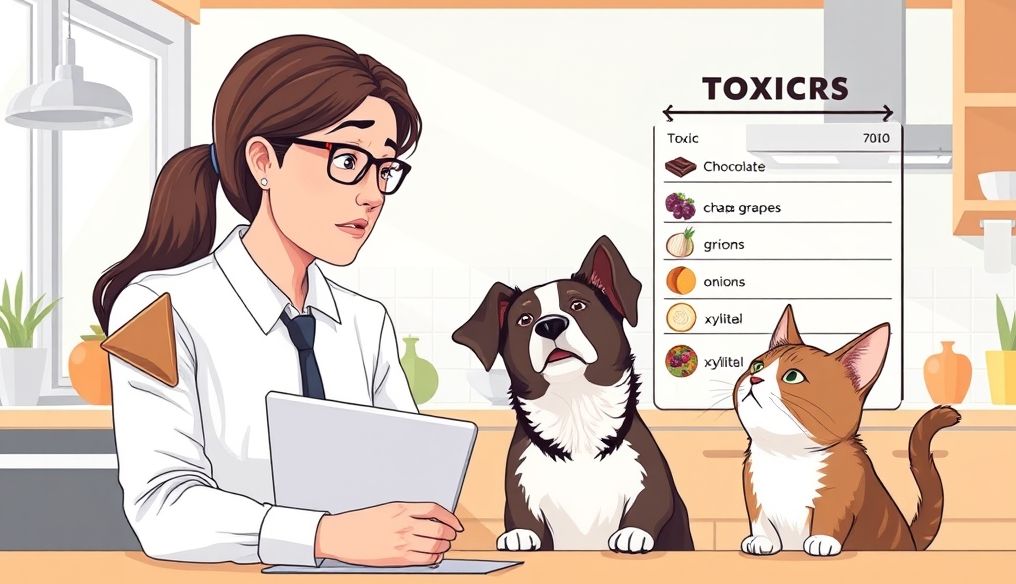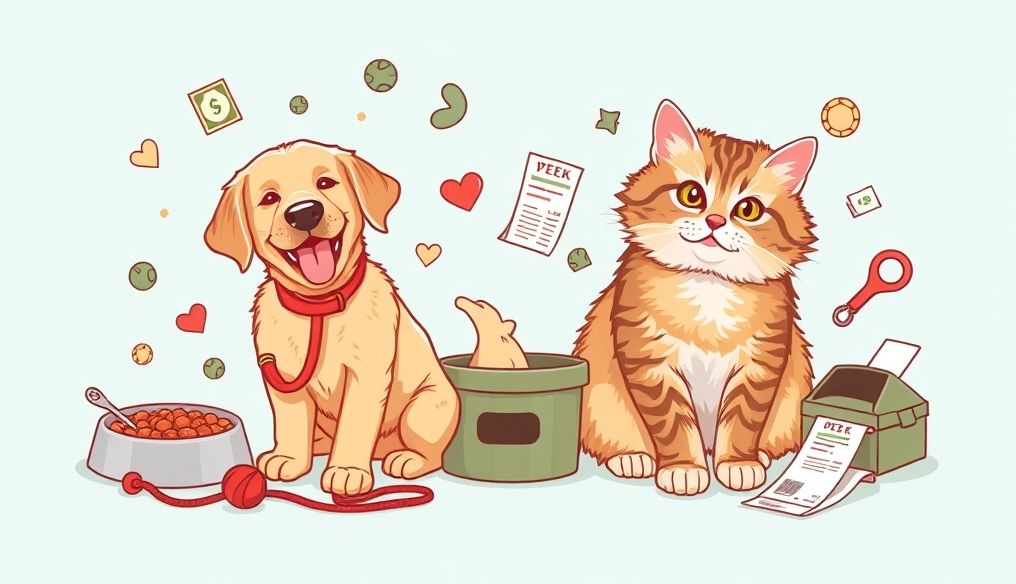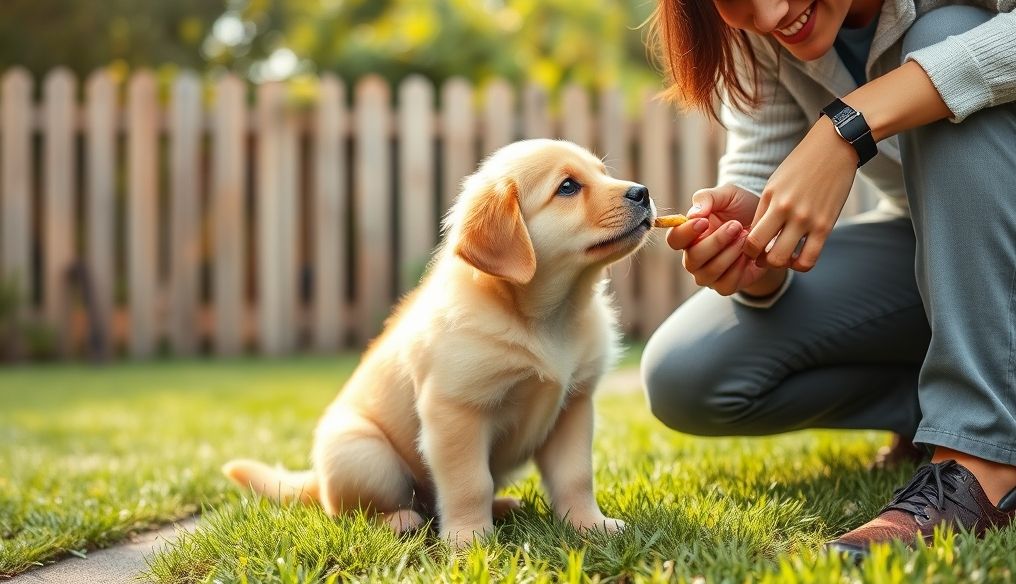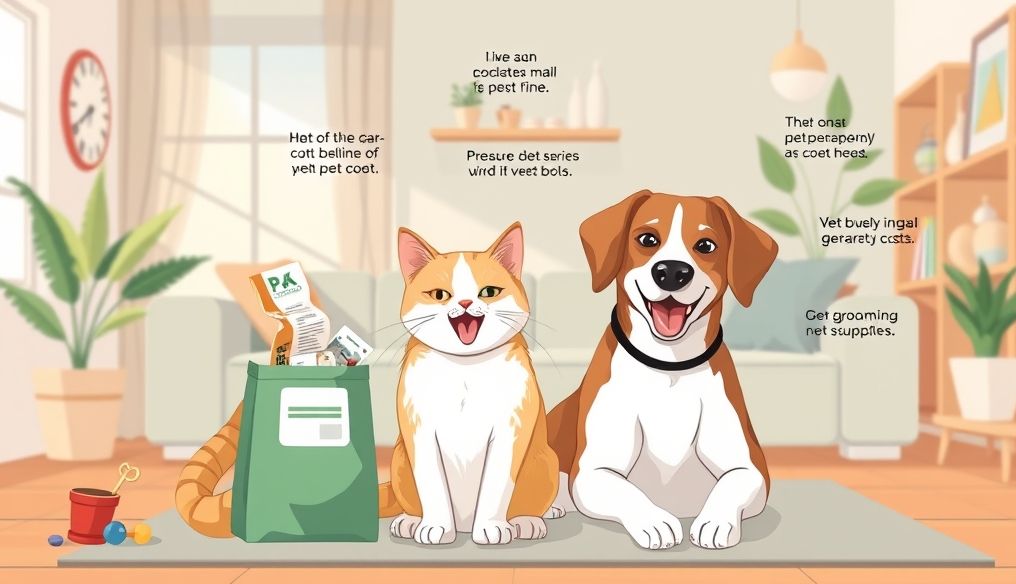What are the Signs of Illness to Watch for in Your Pet and How Should You React?
Your pet is an integral part of your family, and it's essential to be aware of any changes in their behavior or health. Early detection of any illness can make a significant difference in their chances of recovery.
Chapter 1: Changes in Appetite and Weight
Loss of Appetite or Overeating
If you notice that your pet refuses food or eats significantly less than usual, it could be a sign of a health problem. Conversely, if they consume large amounts of food without gaining weight, they may have diabetes or other issues.
- Tip: Monitor the amount of food your pet eats daily.
- Example: If your dog refuses their favorite food for two consecutive days, consult a veterinarian.
Significant Weight Loss or Gain
Sudden changes in weight can be a sign of serious health problems. Weight loss may indicate diseases like cancer or digestive issues, while weight gain may be a sign of thyroid problems or heart failure.
Statistic: Studies show that unexplained weight loss of 10% or more is considered a warning sign.
Chapter 2: Changes in Behavior
Lethargy and Fatigue
If your pet seems tired or less active than usual, it could be a sign of illness. They may refuse to play or go for a walk, or sleep more than usual.
Quote: "Behavior is a window into your pet's health." - Dr. Sarah Jones, Veterinarian
Aggression or Irritability
If your pet suddenly becomes aggressive or irritable, it may be due to pain or discomfort. They may try to avoid touch or cuddling, or may bite or scratch.
Chapter 3: Digestive Issues
Vomiting and Diarrhea
Vomiting and diarrhea are common symptoms of illness in pets. They may be caused by eating spoiled food or contracting a viral or bacterial infection.
- Warning: If vomiting or diarrhea persists for more than 24 hours, or if it is accompanied by blood, a veterinarian should be consulted immediately.
Difficulty Defecating or Urinating
If your pet is having difficulty defecating or urinating, it could be a sign of a blockage in the digestive or urinary tract. They may try to defecate or urinate frequently without success, or may show signs of pain.
Example: Male cats are particularly prone to urinary tract blockages.
Chapter 4: Respiratory Problems
Coughing and Sneezing
Coughing and sneezing are common symptoms of respiratory diseases in pets. They may be caused by catching a cold, bronchitis, or pneumonia.
Tip: If the cough is accompanied by difficulty breathing, a veterinarian should be consulted immediately.
Difficulty Breathing
Difficulty breathing is a serious sign that requires immediate medical attention. Your pet may pant or breathe rapidly or with difficulty, or may show signs of cyanosis (turning the gums blue).
Chapter 5: Skin Problems
Hair Loss
Excessive hair loss or the appearance of bald patches may be a sign of an allergy, fungal infection, or parasitic infestation.
Example: Hair loss around the ears may be a sign of a tick infestation.
Itching and Redness
Itching and redness are common symptoms of skin diseases in pets. They may be caused by allergies, insect bites, or worm infestations.
Tip: Avoid using human medications to treat skin problems in pets without consulting a veterinarian.
Chapter 6: Eye and Ear Problems
Discharge from the Eye or Ear
Discharge from the eye or ear may be a sign of an infection. The discharge may be yellow, green, or brown, and may be accompanied by inflammation and redness.
- Warning: If the discharge is accompanied by pain or loss of vision or hearing, a veterinarian should be consulted immediately.
Foul Odor from the Ear
A foul odor from the ear may be a sign of a bacterial or fungal infection. Your pet may try to scratch their ear frequently or shake their head.
Chapter 7: Mouth and Teeth Problems
Bad Breath
Bad breath may be a sign of problems with the teeth or gums. Your pet may have gingivitis, tooth decay, or tartar buildup.
Tip: Clean your pet's teeth regularly to maintain oral health.
Difficulty Eating
If your pet is having difficulty eating, it may be a sign of pain in the mouth or teeth. They may refuse to eat hard food or chew food slowly.
Chapter 8: What to Do If You Notice Any of These Signs?
If you notice any of these signs in your pet, it is important to consult a veterinarian as soon as possible. It may be helpful to take notes on the symptoms you have observed, when they started, and what makes them worse or better. This will help the veterinarian diagnose the problem and provide appropriate treatment.
